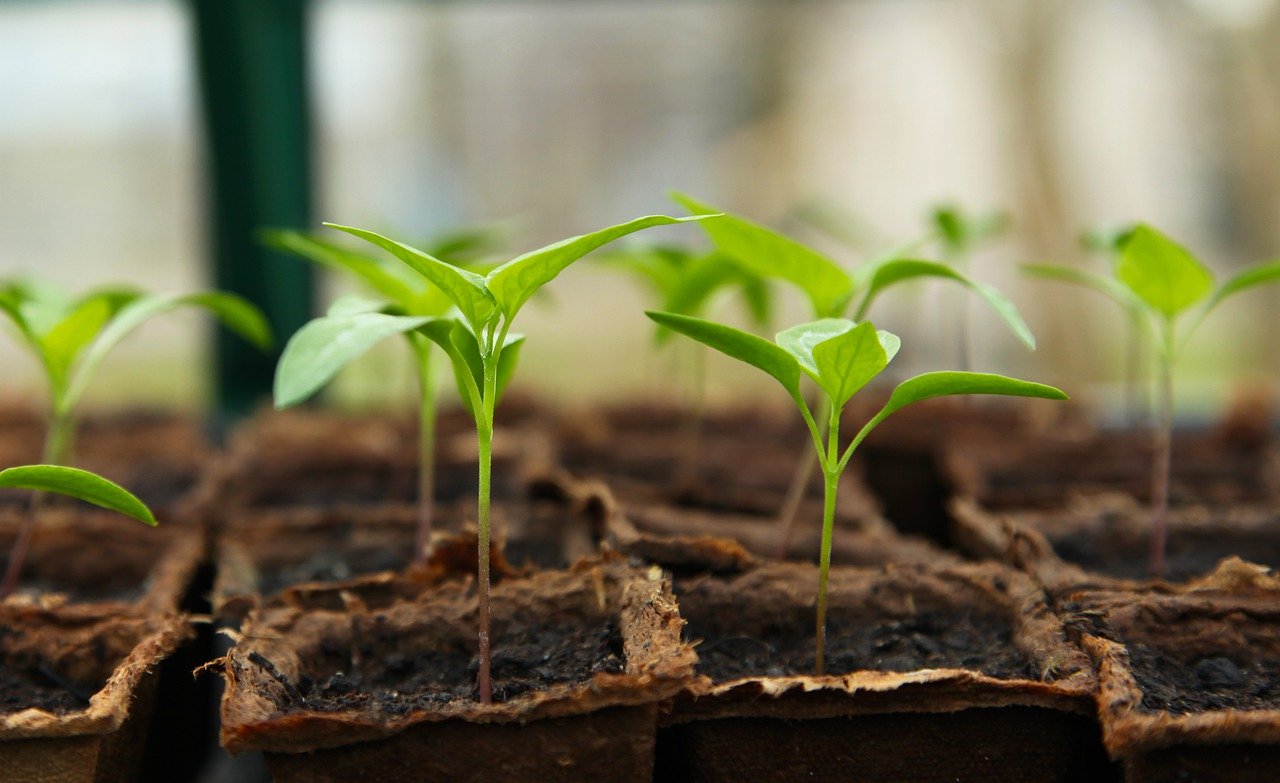How to start a vegetable garden

If you’re looking for a fun gardening project that produces real results, building a vegetable garden in your backyard is a great choice. A garden is a positive, healthy way to occupy your time, and will also put some fresh veggies on your table in time. It’s a great addition to any yard, and the good news is – getting started is easier than you may think!
What Do I Need To Grow Vegetables?
- Pencil and Paper
- Soil
- Plants or Seeds
- Fertilizer (optional)
- Wood (If building in a raised bed/box)
How Do I Start A Vegetable Garden?
1. Make A Plan
Before you dive in, it’s best to first draw up a plan of how you want your garden to look. It doesn’t need to be anything fancy, but a quick sketch of your layout will help you stay organized as you get to work. Be sure to indicate the location of your garden in your yard, as well as where you will plant which vegetables. You can even add other features you may want to include in the surrounding space, such as landscaping for patio furniture.
2. Pick A Location
Plants need sunlight to survive, and this fact is especially true when it comes to starting a vegetable garden. Make sure to pick a spot that has lots of natural light available throughout as much of the day as possible. Some vegetables need a full 6-8 hours of sunlight each day to thrive! Also be sure your location is in a convenient spot that allows you to go out every day and check on your plants, especially in the beginning. If you have a big property, it might be advised to plant closer to your house so you can make a habit of checking on your plants.
3. Build The Garden Bed (If Necessary)
If you’re building boxes to hold your vegetables (as opposed to planting directly in the ground), then you’ll need to build the frame or box for your plants to grow in before you get started. If this is the case, a trip to the hardware store will get you the basic materials you’ll need, including wood for the frame, nails and tools to attach it together. If you are going to plant directly in your yard, then you can skip this step and hop on over to your selected location.
If it’s your first time growing vegetables it’s recommended to start small, so choose your initial plot carefully. Better Homes & Gardens recommends going no bigger than 10×10 for your first time, and the Farmer’s Almanac recommends nothing larger than 10×16. (These links are great resources to learn more about making your own vegetable garden, too!)
4. Plant Your Vegetables
Next up is the fun part – planting your plants! It’s advised to use high-quality soil for plant boxes, and if you’re planting in your yard, it’s best to mix your existing soil with some purchased from the store. First you’ll want to dig a bit to loosen the soil and break up any chunks of dirt, as well as remove any debris such as grass, weeds or rocks that may be present in the lawn. If you’re planting into the ground, you can mix fresh soil into the existing soil directly to help the plants grow. If you are planting into beds, you can use raised bed soil purchased from a store.
When you begin planting, make sure to leave enough space between plants so they have room to grow. The recommended spacing is usually 2-3 inches, but be sure to check the tag on the plants or instructions on seed packets. Space is important not only to allow roots to grow, but to ensure proper access to sunlight and air circulation essential. As advised by Home Depot, when planting you can use a trowel to dig holes for the plants, making them “at least two times deeper and wider” than their container.
5. Tend To The Garden
Watering your plants is extremely important, especially in the beginning! While the plants are growing you’ll need to water daily to help them thrive, and then as they are established water them a bit less frequently every few days. Check on your plants to make sure they are doing well, and feed them nutrients (fertilizer) as needed over time.
A vegetable garden is a great addition to any yard, which is both fun and rewarding. Good luck getting started!

Ferris MyCue is the founder and owner of Grass Works Lawn Care, LLC located in Leander, TX. As a former firefighter who maintained yards on his days off, he saw a need for a dependable, local maintenance company that knew the hill country climate and could deliver quality landscaping services for a reasonable price. Since 2007 he has used his leadership to grow the company into one of the top landscape maintenance companies in Austin and surrounding areas offering landscape maintenance, design, and irrigation services to both residential and commercial clients. Ferris is also a member of the Seasonal Employment Alliance (SEA) and an active participant in advocacy efforts to help promote cap relief.